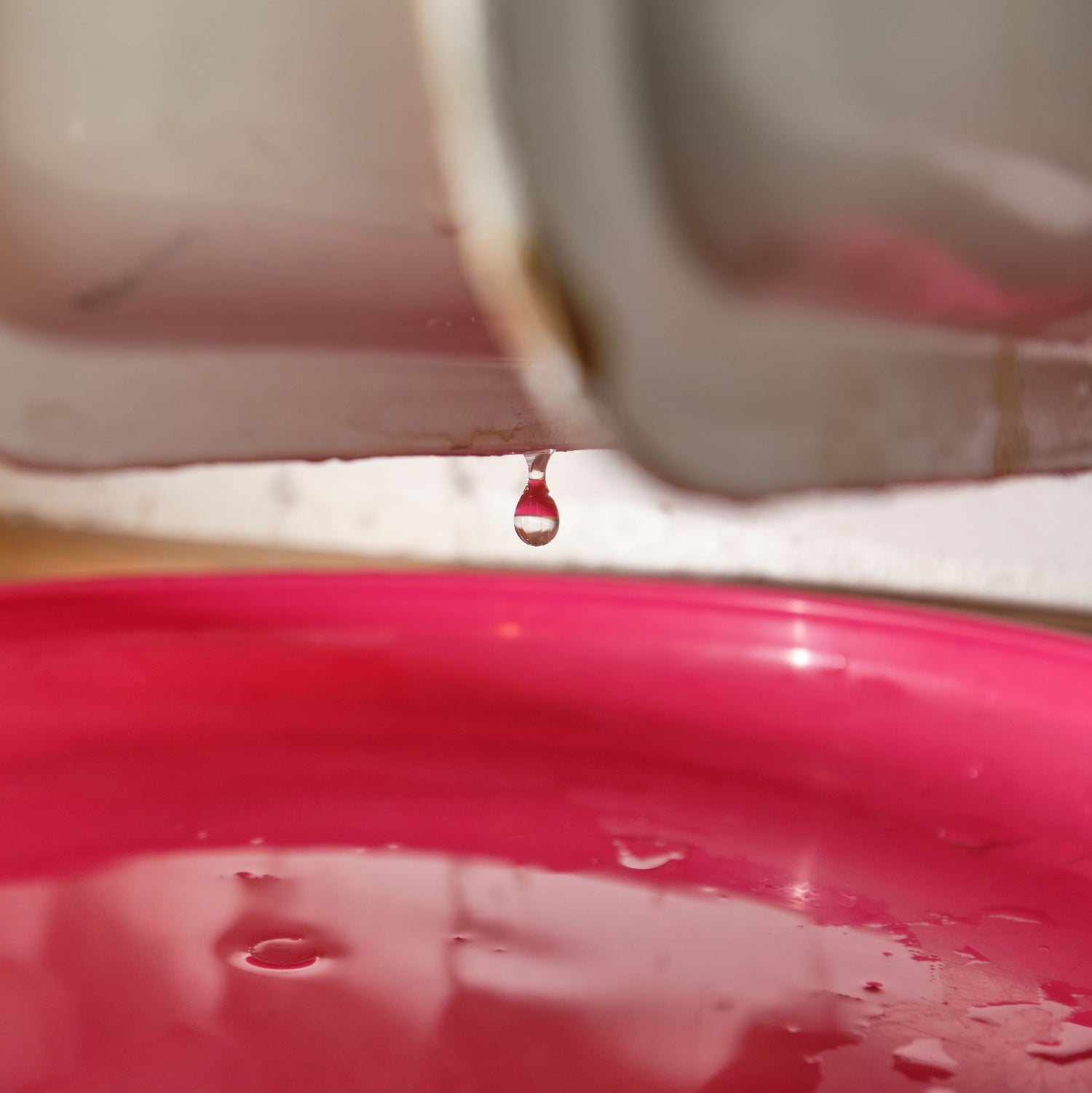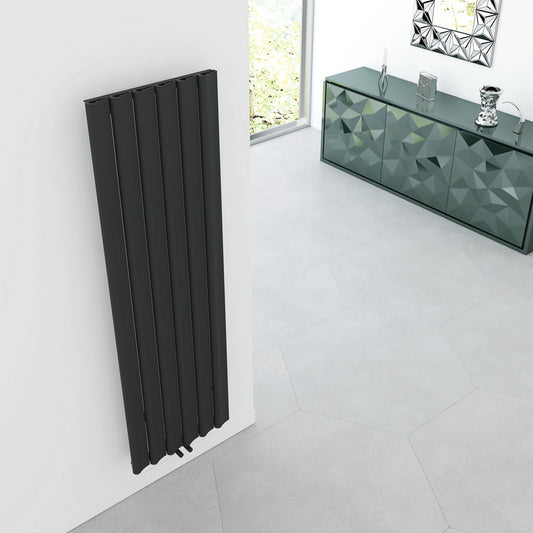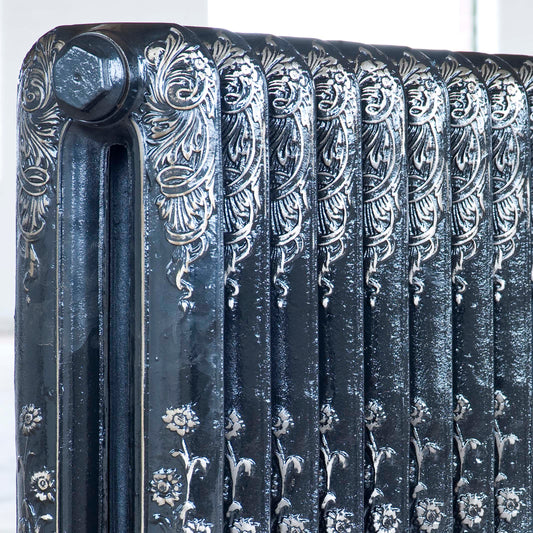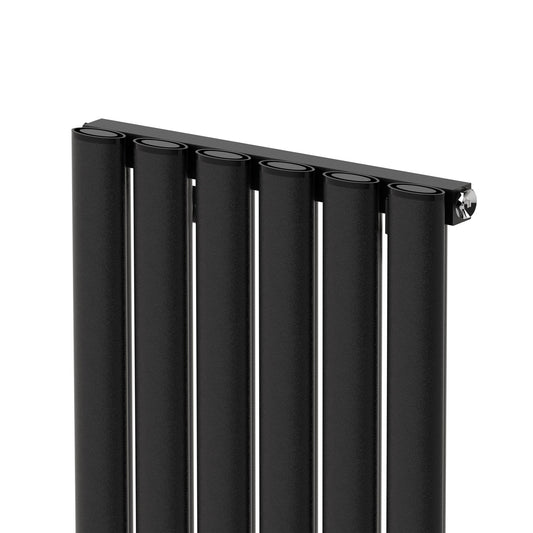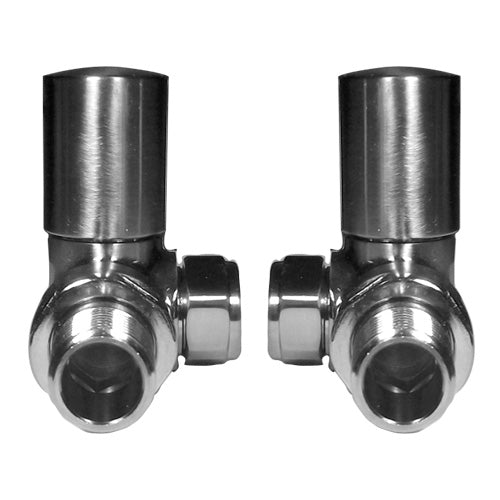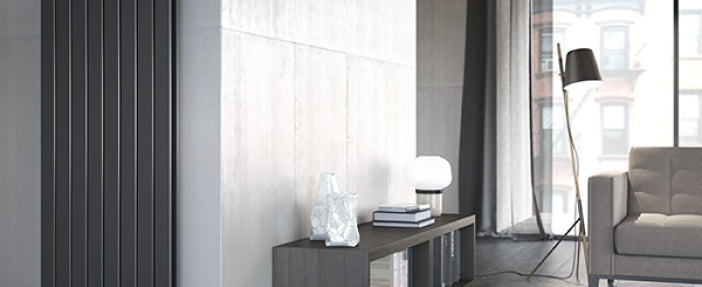The Radiator Shop Guide on How to Fix a Leaking Radiator
A leaking radiator can cause stress and confusion – we know! It leads to concerns about potential water damage, energy loss, and escalating repair costs. This blog aims to provide some quick advice, but remember if needed, ask a professional!
Identifying the Source of the Leak
Before attempting any repairs, it's crucial to identify the source of the leak. Common causes of radiator leaks include:
- Leaking valve: The valve connecting the radiator to the pipework might be loose or damaged.
- Corrosion: Rust or corrosion can lead to pinhole leaks in the radiator body.
- Damaged seals: Worn or damaged seals between radiator panels or around the valve spindle can cause leaks.
How to Fix a Leaking Radiator
1. Leaking Valve: If the leak is coming from the valve, follow these steps:
- Turn off the heating system and let the radiator cool down. • Use an adjustable wrench to gently tighten the valve nut. Be careful not to overtighten, as this can damage the valve.
- If the leak persists, turn off the water supply to the radiator and drain it. Unscrew the valve and replace the worn or damaged internal components or the entire valve if necessary.
2. Corrosion and Pinhole Leaks: For small pinhole leaks caused by corrosion, a temporary fix involves using a radiator sealant:
Turn off the heating system and let the radiator cool down.
- Drain the radiator by closing the lockshield valve and opening the bleed valve. Place a container beneath the leaking area to catch any water.
- Follow the manufacturer's instructions for applying the radiator sealant.
- Refill the radiator, open the lockshield valve, and bleed the radiator to remove any trapped air. • Turn the heating system back on and monitor the leak to ensure the sealant has worked.
- Please note that this is a temporary solution, and you should consult a professional to assess the radiator and determine if it needs replacing.
3. Damaged Seals: To replace damaged seals around the valve spindle or between radiator panels:
- Turn off the heating system and let the radiator cool down.
- Drain the radiator as described in step 2.
- Unscrew the valve spindle and replace the damaged seals with new ones, ensuring they are the correct size.
- Reassemble the valve, refill the radiator, and bleed it to remove any trapped air.
Frequently Asked Questions
1. Can I fix a leaking radiator without professional help?
Yes, minor radiator leaks can often be fixed without professional help by following the steps outlined above. However, if you are unsure or uncomfortable performing these tasks, it's always best to consult a professional plumber.
2. How can I prevent radiator leaks in the future?
Regular maintenance, including checking for signs of corrosion, inspecting valve connections, and bleeding your radiators, can help prevent leaks. Additionally, using a corrosion inhibitor in your central heating system can reduce the likelihood of rust formation.
3. When should I replace my radiator instead of fixing the leak?
If your radiator is severely corroded, has multiple leaks, or is frequently developing new leaks, it may be time to consider replacing it. A professional plumber can help you determine if a new radiator is necessary and recommend the best option for your home.
Fixing a leaking radiator can be a straightforward process if you can identify the source of the leak and follow the appropriate steps. But if in doubt, call the plumber!
